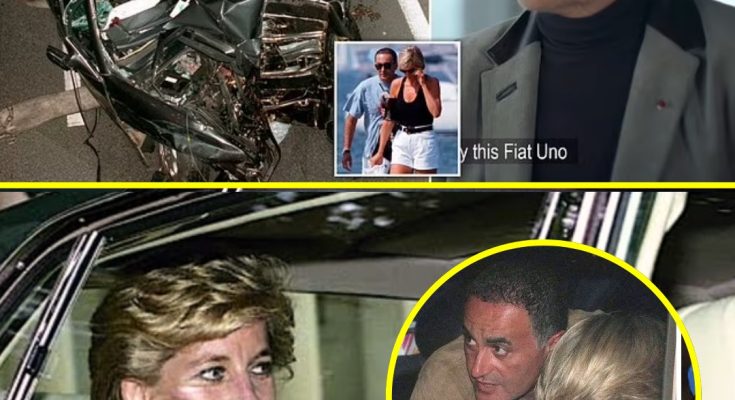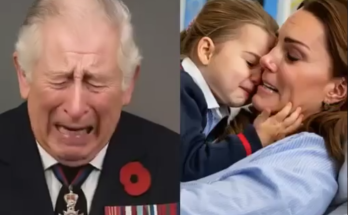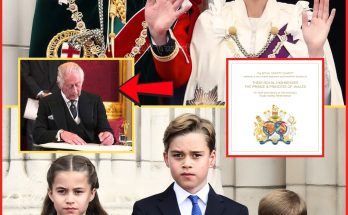Unsettling Discoveries in Princess Diana’s Crash Car: A Closer Look
On August 31, 1997, the world was shaken by the tragic death of Princess Diana in a car crash in Paris’s Pont de l’Alma tunnel. Decades later, haunting details from the wreckage continue to raise questions about that fateful night. From mysterious vehicles to conflicting accounts, the findings inside Diana’s crashed Mercedes S280 paint a complex and unsettling picture.
The Night of the Crash
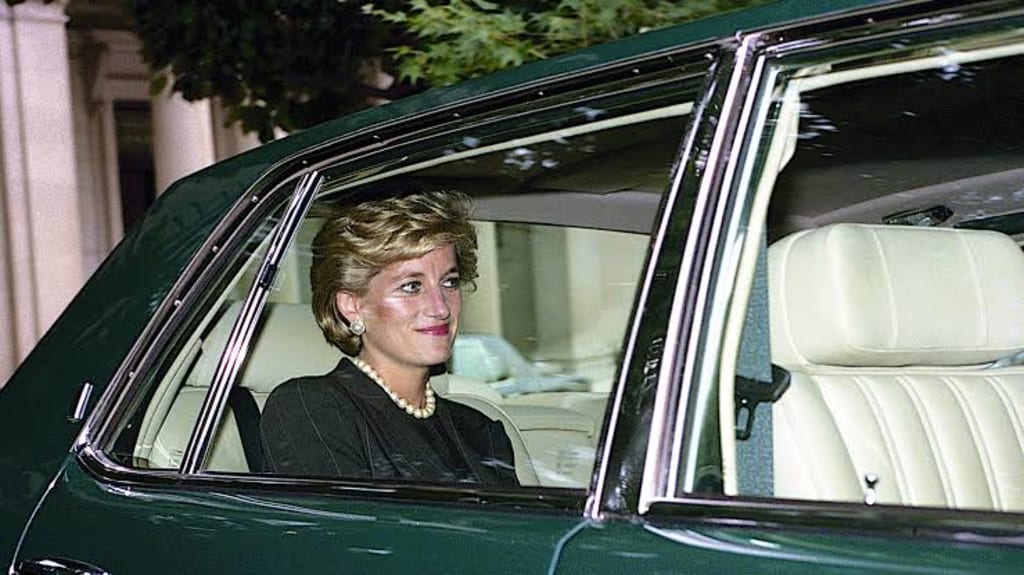
In the early hours of August 31, 1997, a black Mercedes carrying Princess Diana, her companion Dodi Fayed, bodyguard Trevor Rees-Jones, and driver Henri Paul, the Ritz Hotel’s deputy head of security, crashed into the 13th pillar of the Pont de l’Alma tunnel. The high-speed chase that preceded the crash involved paparazzi on motorcycles, weaving dangerously through Paris streets. Dodi Fayed and Henri Paul died instantly, Trevor Rees-Jones survived with severe injuries, and Diana, critically injured, passed away hours later in a hospital.
The crash was chaotic, with paparazzi continuing to snap photos even as emergency responders fought to save Diana. Amid the tragedy, investigators uncovered evidence that sparked enduring mysteries.
The Driver: Henri Paul’s Mysterious Role

Henri Paul, the man behind the wheel, remains a central figure in the controversy. Official reports claimed Paul was heavily intoxicated, with blood tests showing an alcohol level three times the French legal limit. However, Ritz Hotel surveillance footage showed Paul acting sober—greeting staff, tying his shoes without stumbling, and appearing alert. Trevor Rees-Jones also testified that Paul showed no signs of intoxication.
Adding to the mystery, Paul’s whereabouts were unaccounted for during a three-hour gap earlier that evening. He was unexpectedly called back to the Ritz at 10 p.m. to drive Diana and Dodi. Questions linger: Was Paul truly drunk, or were the blood tests unreliable? Was he pressured or set up? These inconsistencies fuel speculation about his role in the tragedy.
The Mystery of the White Fiat Uno
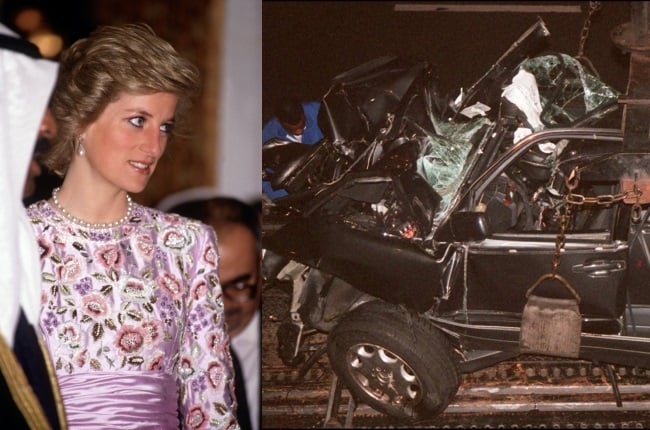
Among the wreckage, investigators found red taillight fragments and white paint streaks on the Mercedes, evidence of contact with a white Fiat Uno. This vehicle was never identified, despite a search of over 4,600 cars. Suspicions fell on James Andanson, a paparazzo who owned a similar Fiat and had followed Diana and Dodi previously. Curiously, his car’s taillight had been replaced, and in 2000, Andanson was found dead in a burned-out car, officially ruled a suicide. The Fiat’s role—whether it caused the crash or merely scraped the Mercedes—remains a chilling unanswered question.
The Engagement Ring and Pregnancy Rumors
Hours before the crash, Dodi Fayed purchased a ring from Repossi’s “Dis-moi Oui” collection, a simple gold band symbolizing a possible proposal. Delivered to the Ritz and stored in a safety deposit box, the ring fueled speculation of an engagement. Rumors also swirled that Diana was pregnant, with tabloids citing photos of her in a swimsuit. However, forensic tests found no evidence of pregnancy, and Diana’s doctor confirmed she was using contraceptives. Close friends described her relationship with Dodi as passionate but not yet serious enough for marriage or a family.
Dodi’s father, Mohamed Al-Fayed, insisted the couple was engaged and that the crash was no accident, alleging a conspiracy by the British establishment to prevent Diana’s relationship with a Muslim man. Official investigations, led by Lord Stevens, found no evidence to support these claims.
The Paparazzi’s Role
The paparazzi’s relentless pursuit that night has been widely criticized. Eyewitnesses described photographers swarming the crash site, taking photos instead of helping. Dr. Frédéric Mailliez, a passing physician, worked to save Diana amid flashing cameras. While seven photographers were arrested, charges of failing to assist or manslaughter did not hold. Their presence turned a tragic scene into a spectacle, adding to the emotional toll described by Trevor Rees-Jones.
Diana’s Fears and the Inquest
In 1996, Diana wrote to her butler, Paul Burrell, expressing fears that her husband was planning a car accident involving brake failure. She also told her lawyer, Lord Mishcon, that she felt targeted. These fears, initially dismissed, took on new weight after her death. The 2007–2008 British inquest, led by Lord Justice Scott Baker, addressed 20 critical questions, including whether Diana feared for her life. Claims of phone tapping and MI6 surveillance were investigated, but no evidence of an assassination plot was found.
The inquest also scrutinized the delayed medical response. Diana remained in an ambulance for over an hour before reaching a hospital, following French protocol to stabilize her on-site. Her injuries—a torn pulmonary vein—proved fatal despite efforts to save her.
Unanswered Questions
The wreckage revealed no evidence of sabotage; the car’s brakes, tires, and steering were intact. However, missing CCTV footage, the rapid reopening of the tunnel, and the elusive Fiat Uno continue to fuel doubts. A broken string of pearls found in the back seat was among the few personal items recovered, but no diary or handbag was located.
Conclusion
More than 25 years later, the official conclusion labels Diana’s death a tragic accident caused by Henri Paul’s reckless driving and the paparazzi’s pursuit. Yet, the inconsistencies—Henri Paul’s sobriety, the Fiat Uno, and Diana’s own fears—keep the tragedy shrouded in mystery. The ring, the wreckage, and the unanswered questions ensure that Princess Diana’s final moments remain a subject of fascination and debate.
What do you think about these findings? Share your thoughts below.
